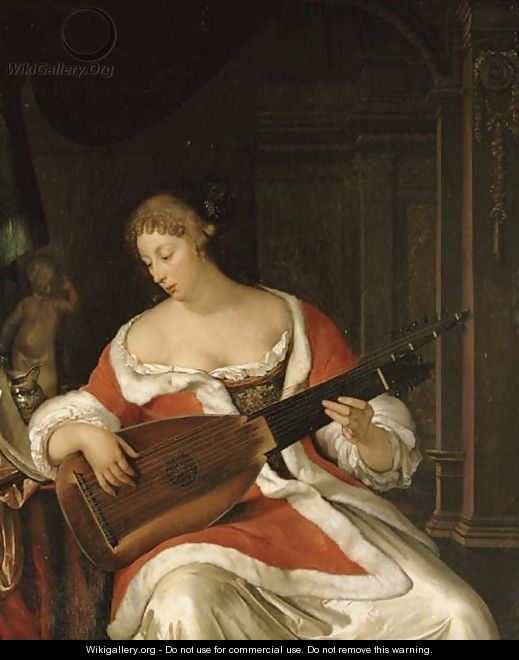November 2015
What do we make of this?
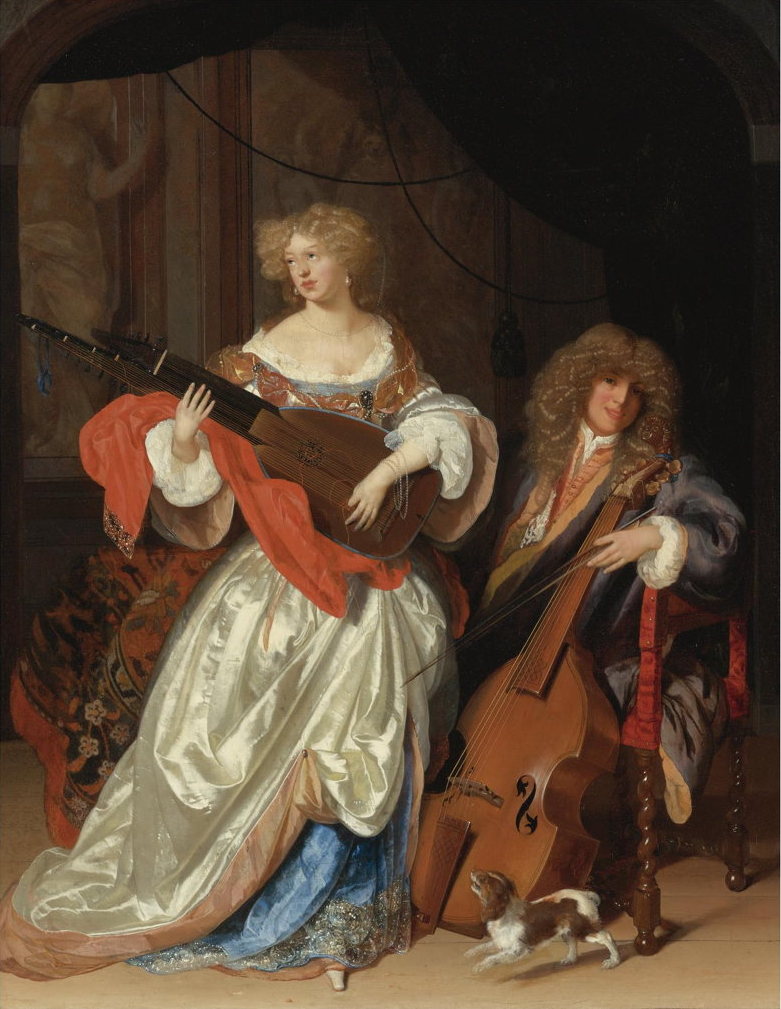
Adriaen van der Werff or Eglon van der Neer (or Meester van de Vervalsing?)
A LADY PLAYING THE LUTE AND A GENTLEMAN WITH A VIOLA DA GAMBA
oil on canvas, 502 x 381 mm.
This painting was sold by Sotheby’s New York for $194,500 in 2009, the details can be seen on their webpage at http://www.sothebys.com/en/auctions/ecatalogue/2009/old-master-paintings-european-sculpture-antiquities-n08560/lot.45.html where they argue in some detail about whether it might be by either Adriaen van der Werff or his teacher Eglon Hendrick van der Neer or some collaboration between the two of them; while not mentioning at all the most glaring anomaly of the painting itself. The elegantly dressed woman is holding her lute as if playing it in a left-handed position, even though it is a normal right-handed instrument. This effectively means she is holding it upside down. The fault is all the more glaring because it is a double-headed 12 course type of lute which has diapasons running outside the fingerboard on the bass side of the instrument. This means she couldn’t possibly hold the neck as shown with her right hand without grossly disturbing these strings which are however shown running in a ruler straight fashion from bridge to nut. Furthermore when you look closely at her right hand it appears that her thumb runs in front of the strings before disappearing behind the neck to grasp it; impossible.
As a left-handed maker who often makes this type of lute, I speak from direct and personal experience! To me it seems inconceivable that either van der Werff or van der Neer, or indeed any Flemish painter of that period when 12 course lutes were so common, would have made such an elementary error.
Since her gentleman companion is also holding his bow in his left, rather than his right, hand one might perhaps assume that Sotheby’s have simply printed the photograph back to front, as happens quite a lot with reproductions. However, as you can see here, it doesn’t solve anything to reverse the print. It simply results in a left-handed lute being played upside down with the same physical problems and it turns the viol into a left-handed instrument too!
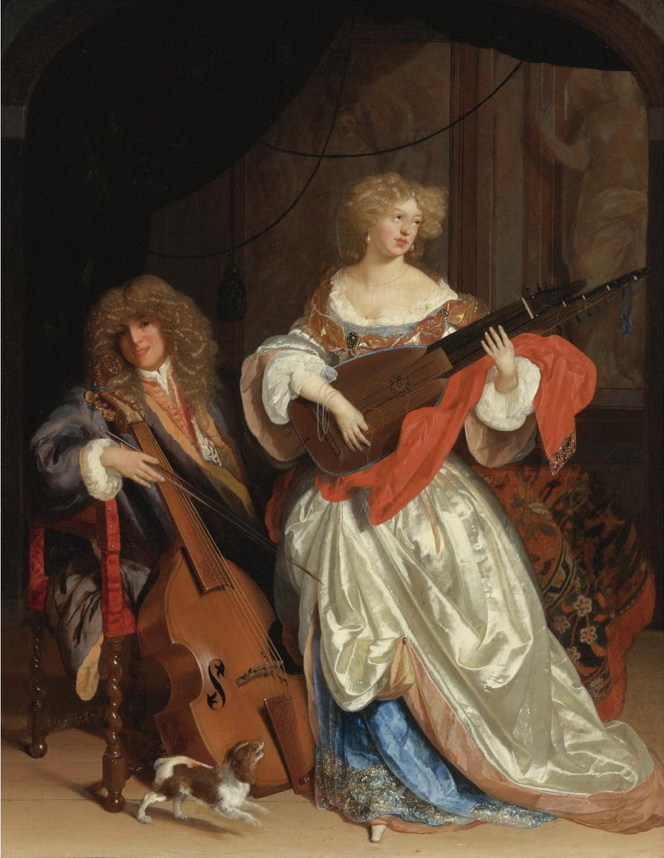
However the lute itself is accurately painted for the most part, the silver lace, the body shape, the disposition of the pegboxes are all rendered with photographic realism. Moreover it is clearly based on the same instrument which appears in several genuine Eglon van der Neer paintings for instance this one:
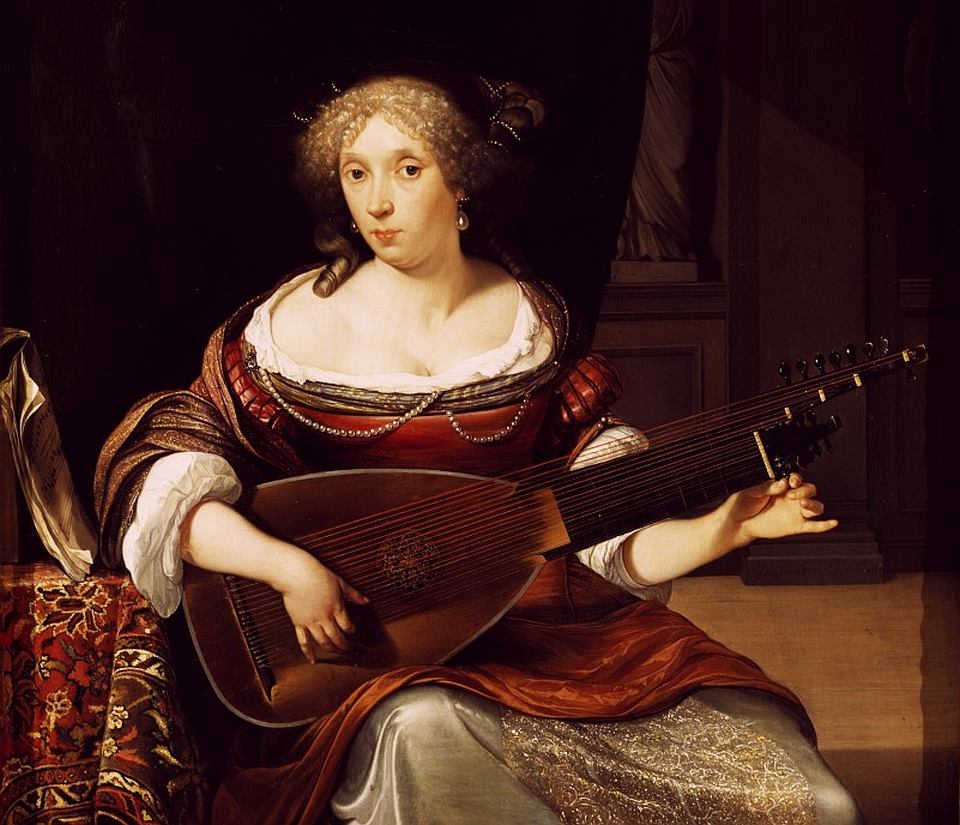
Staatliche Kunsthalle, Karlsruhe, Germany invent. Nº 279.
and this one:
and this one:
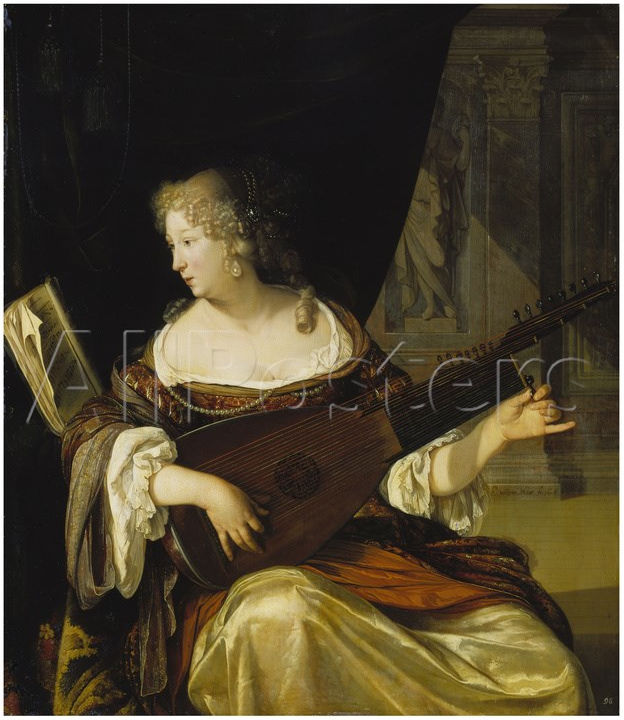
Woman tuning her Lute, oil on panel, 1678, Alte Pinakothek, Munich,
It has the same rather bizarre light and dark patches on the soundboard which are unrelated to normal wear patterns and seem rather inexplicable. Because of this obvious resemblance it is surprising that Sotheby’s didn’t point it up as evidence in their attribution essay preferring instead the art historians’ comfort zone of provenance, however full of holes:
"In 1739, only seventeen years after the artist died, it is most likely that this painting appeared in a Rotterdam sale, where it was described as “a Man and a Young woman who plays the Guitar” [sic.] by Adriaen van der Werff. From here it probably passed to Pieter van Dorp, whose sale catalogue more accurately described the picture, but already the authorship changed to Caspar Netscher. In the great Grootelindt collection of The Hague, which was sold in Paris in 1865, the attribution reverted to Van der Werff; later it sold again as Caspar Netscher, a name that remained with the painting for nearly 85 years until 1984, when Richard Green acquired it as a Netscher and realized that it was instead by Eglon van der Neer. The painting was sold to an American collector, who canvassed the opinions of various scholars and eventually concluded that the painting should be reassigned to Adriaen van der Werff. "
This alas is typical, to ignore evidence that could have been provided by an informed look at the musical instruments, even when they are a major feature of the painting. We have all noticed museums and art galleries where the lute in the painting is labelled a guitar or, if the curator is feeling knowledgeable, a mandolin. And of course there are dozens of nineteenth century paintings where the obvious mandolin is labelled as a lute, even by the artists themselves!
This is not the work of someone like Pieter de Hooch who clearly cared much more about rendering fine silks than any instrument details. So whoever painted it had done their homework. Indeed there is perhaps almost too much evidence of homework to provide talking points for the half-knowledgeable. We have not just one but two broken strings on the lute and this on an instrument apparently about to be played, rather than lying on a table as a symbol of mortality. We all by now know the significance of a broken string in art of the period, for instance the famous broken octave to the fourth course in Holbein’s Ambassadors which is clearly part of the intimations of mortality theme of the painting. But here it would be rather odd to add a mortality/vanitas theme to a lute more or less in use. And when we look at the broken strings they are rather oddly drawn, again compared to the Holbein, they seem to be self-supporting in mid-air rather than dangling realistically. The broken octave to the sixth course seems at least plausible and leaves the appropriate gap in the stringband; but which of the bass strings is broken? It appears to come from the first of the little diapason nuts but that already has one more than the full complement of two strings and all the other diapason nuts have their proper number of two strings. So we already have nine diapasons where there should be only eight, and then when you count the pegs there are only six!
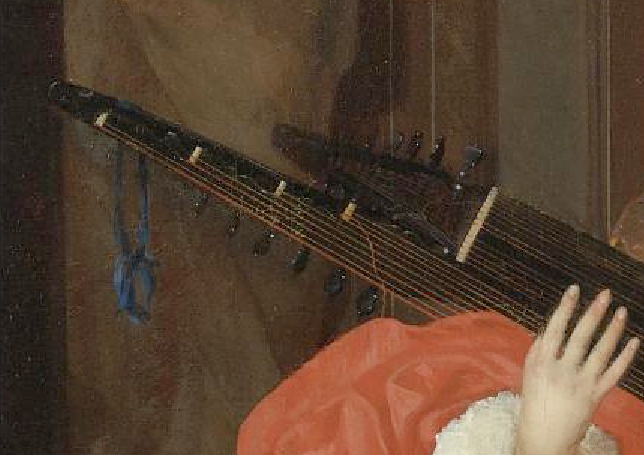
Detail of diapason strings
The man in the painting also looks to be left-handed as he holds his bow in that hand even though his viol is a right-handed one. And his instrument too has a broken string; the painter doth protest too much methinks. The curious floral looking soundholes are unique in viol iconography as far as I know, and unknown in surviving instruments, and more or less impossible in real life.
Alerted by the instruments I think we need to look with a more critical eye at other aspects of the painting. The woman’s silk dress is well done and convincingly like dresses in other Flemish art of the period, indeed both sets of clothing are pretty good. But it’s the faces that are very surprising, particularly the gentleman’s, which has a special featureless vapid look much more like 20th century commercial art than any 17th century Flemish painting. His hairstyle is also subtly wrong. In this period fashionable wigs had the hair arranged more into two peaks well above the brow, rather than this romantic framing of the face where he peers out winsomely from under the luxuriant growth. First here is our simpering gent.
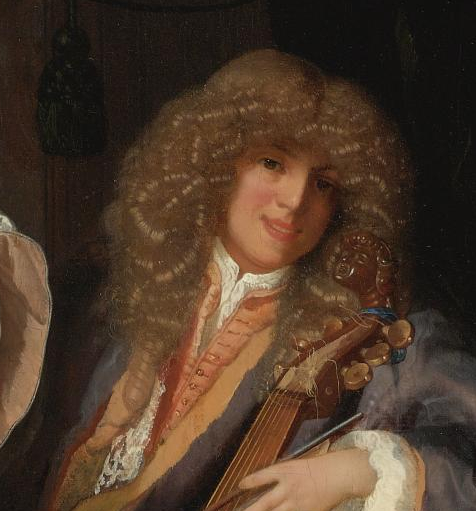
Detail of face and hair
Now look at these other genuine paintings by van der Werff for period hairstyles and notice also how much more convincing the faces are! And also compare the brushwork of the gold highlights in our boy’s hair with the one below; they are crude and lazily schematic to an anachronistic degree.
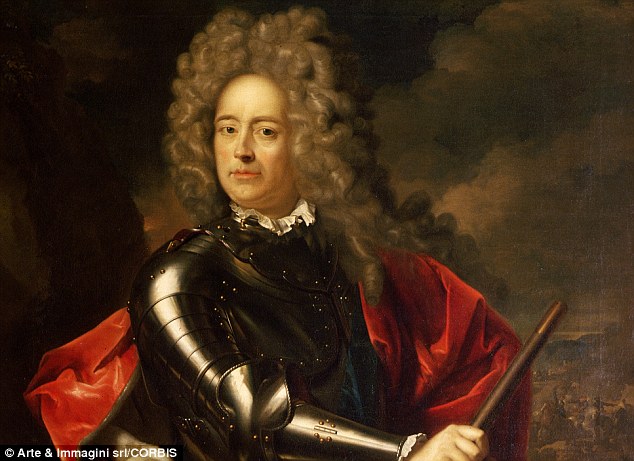
John Churchill, First Duke of Marlborough, 1704, Adriaen van der Werff, Uffizi Gallery, Florence .
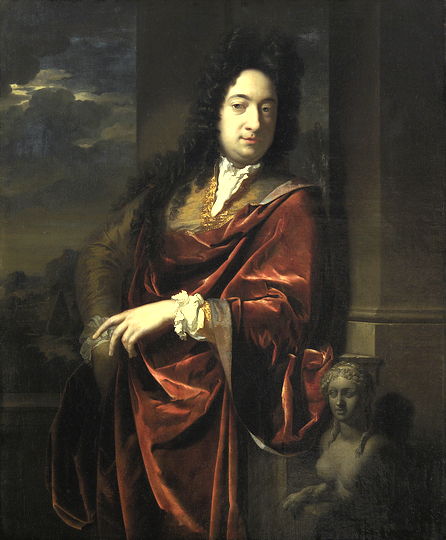
Portrait of a Man, Adriaen van der Werff, 1694, Kunsthistorisches Museum, Nürnberg.
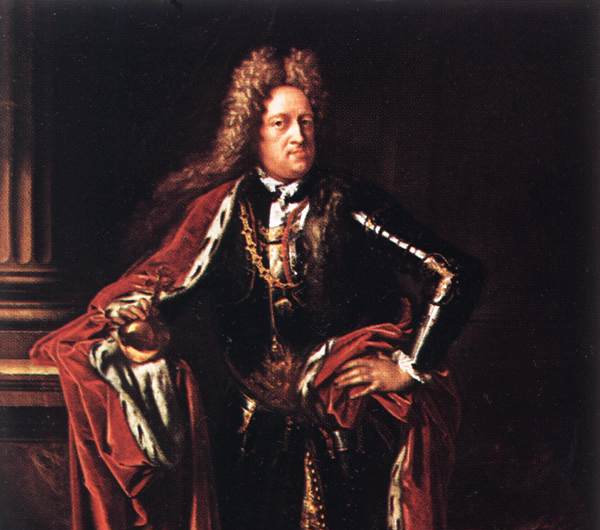
Johann Wilhelm, Elector Palatine of Pfalz, 1700 Adriaen van der Werff, Private collection
Well might the little dog, who normally in Flemish paintings represents domestic harmony, bark in dismay!
By comparing the claims of two masters of Flemish art to have painted this, Sotheby’s manage to suggest everything, while legally claiming nothing for their attribution. But m’learned friends would surely feel the suggestion that it was even painted in seventeenth century Flanders to be deeply unsafe.
My own feeling is that it would be most appropriately used for the cover of a Mills & Boon type romantic novel. Don’t you feel this would suit it very well? 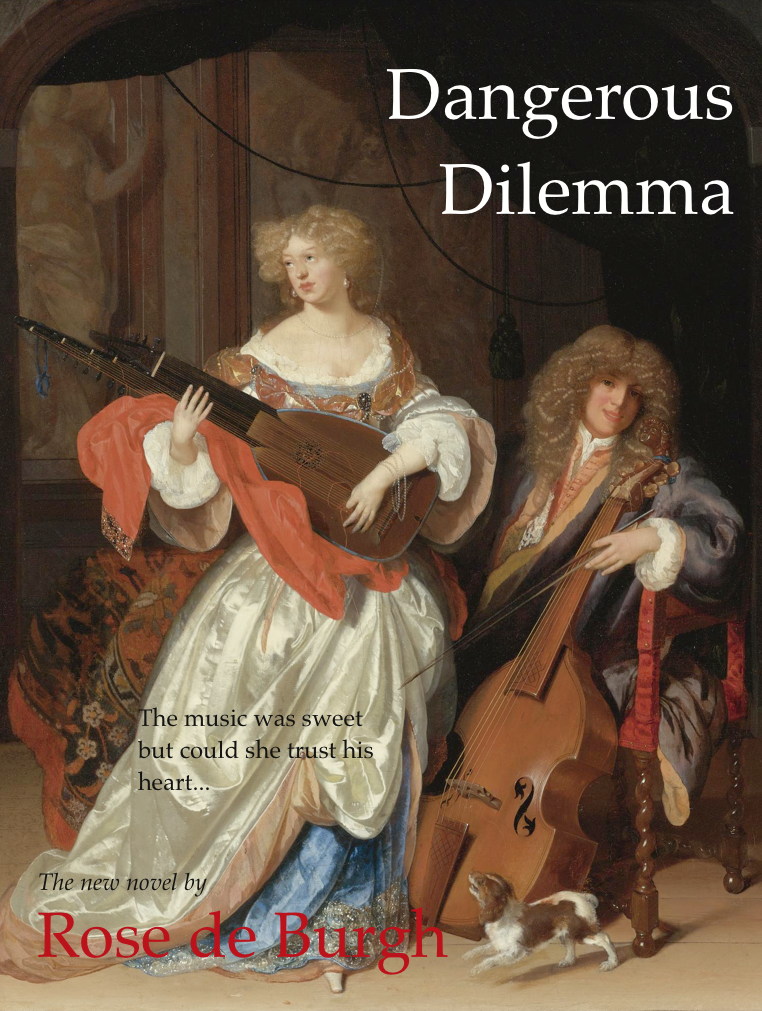
David Van Edwards, Norwich 2015
